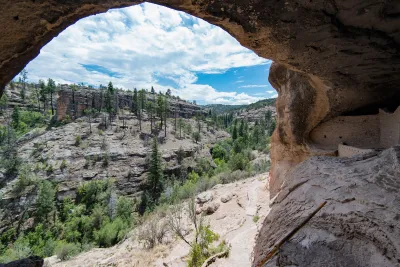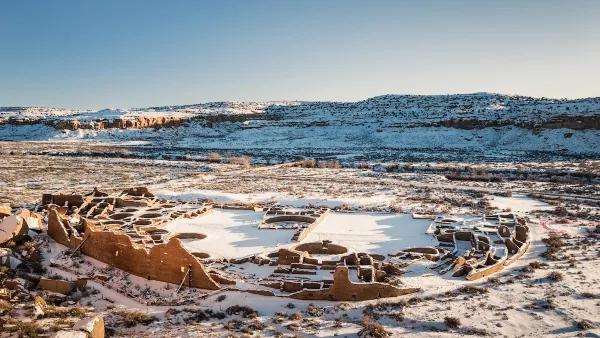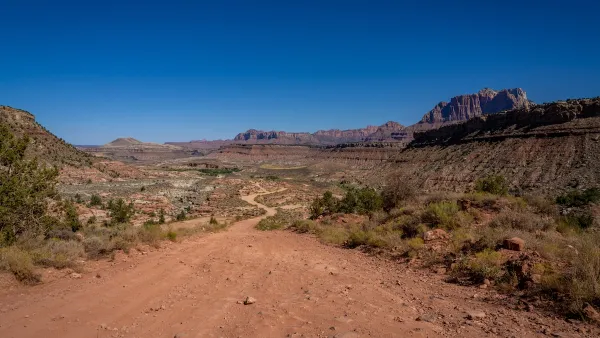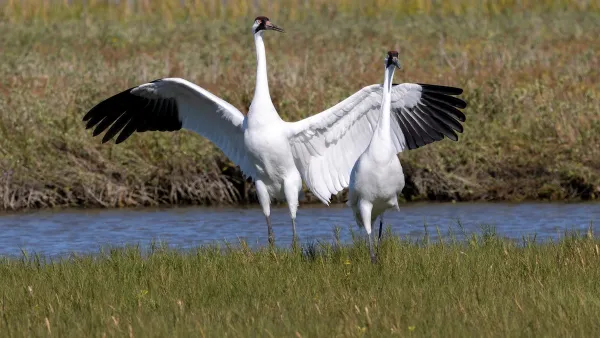U.S. public lands management is undergoing a slow but significant shift.

In an article for High Country News, Marissa Ortega-Welch describes the history of the 1964 federal Wilderness Act, “which required federal public land management agencies to consider large roadless areas for an extra level of protection — what some call ‘Big W’ wilderness,” and its relationship to the nation’s first protected wilderness, the Gila Wilderness, protected well before the Wilderness Act in 1924.
Today, many wilderness areas are under threat from a variety of sources. “More frequent, destructive fires and invasive species, both amplified by climate change, are arguably eroding its naturalness; more people, and more pinging smartphones, are making solitude harder to find. As our ideas about wilderness evolve, the landscapes designated as such are also changing in profound ways.”
Meanwhile, Indigenous Americans argue that these lands were not vacant and untouched. Ortega-Welch notes that designating the Gila Wilderness area for ‘protection’ also evicted thousands of Chiricahua-Warm Springs Apache who lived on the land and “utilized, changed, altered” it. Now, the U.S. government has begun to acknowledge the Indigenous history of ‘wilderness’ areas and, in some (very few) cases, restored land to native tribes or created co-management agreements. “In 2021, at Point Reyes National Seashore north of San Francisco, the National Park Service signed a co-stewardship agreement with the Federated Indians of Graton Rancheria, the tribal government of the Southern Pomo and Coast Miwok.”
FULL STORY: https://www.hcn.org/issues/56-6/as-the-gila-wilderness-turns-100-the-wilderness-act-is-still-a-living-law/

Analysis: Cybertruck Fatality Rate Far Exceeds That of Ford Pinto
The Tesla Cybertruck was recalled seven times last year.

National Parks Layoffs Will Cause Communities to Lose Billions
Thousands of essential park workers were laid off this week, just before the busy spring break season.

Retro-silient?: America’s First “Eco-burb,” The Woodlands Turns 50
A master-planned community north of Houston offers lessons on green infrastructure and resilient design, but falls short of its founder’s lofty affordability and walkability goals.

Test News Post 1
This is a summary

Analysis: Cybertruck Fatality Rate Far Exceeds That of Ford Pinto
The Tesla Cybertruck was recalled seven times last year.

Test News Headline 46
Test for the image on the front page.
Urban Design for Planners 1: Software Tools
This six-course series explores essential urban design concepts using open source software and equips planners with the tools they need to participate fully in the urban design process.
Planning for Universal Design
Learn the tools for implementing Universal Design in planning regulations.
EMC Planning Group, Inc.
Planetizen
Planetizen
Mpact (formerly Rail~Volution)
Great Falls Development Authority, Inc.
HUDs Office of Policy Development and Research
NYU Wagner Graduate School of Public Service




























